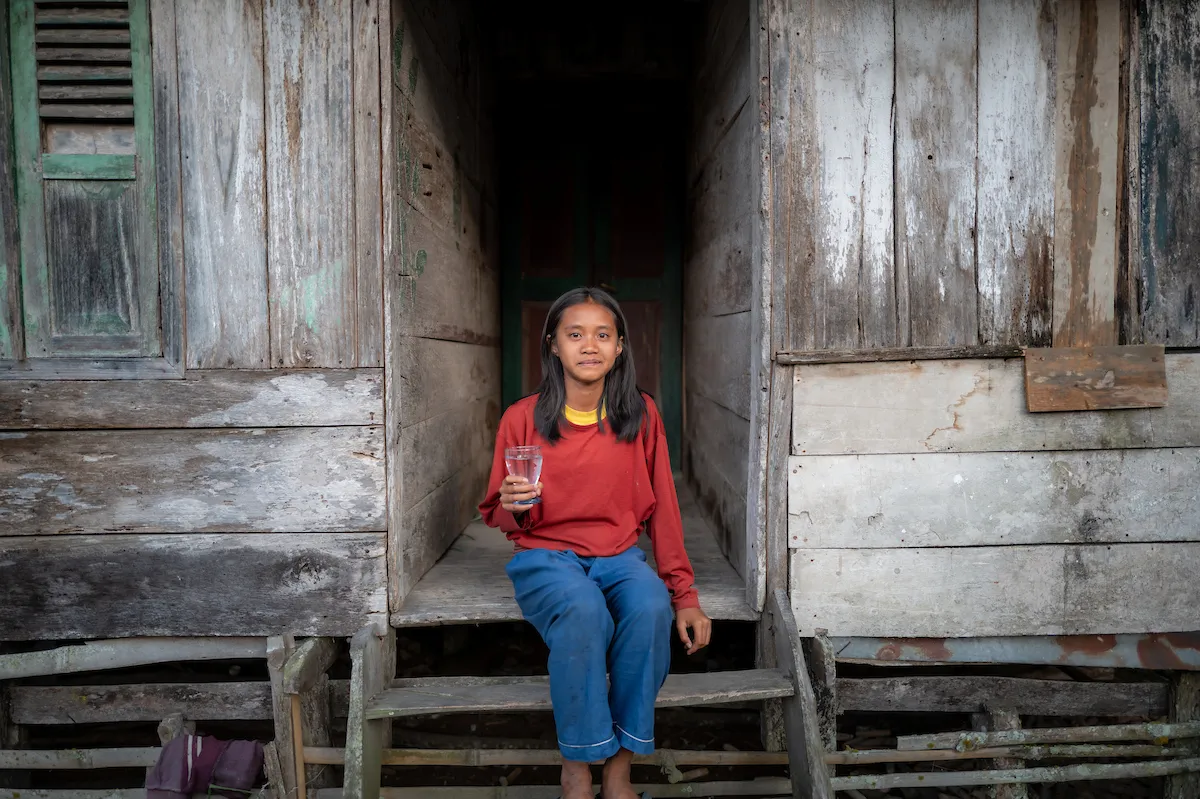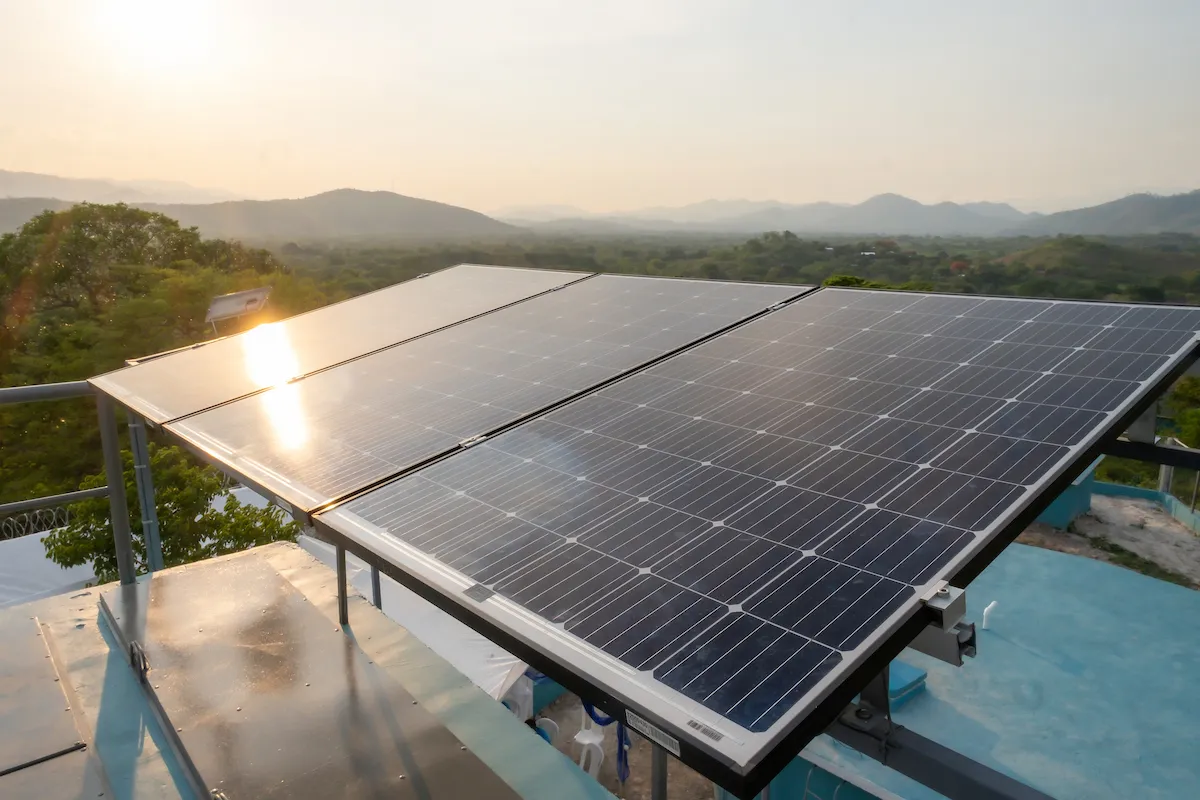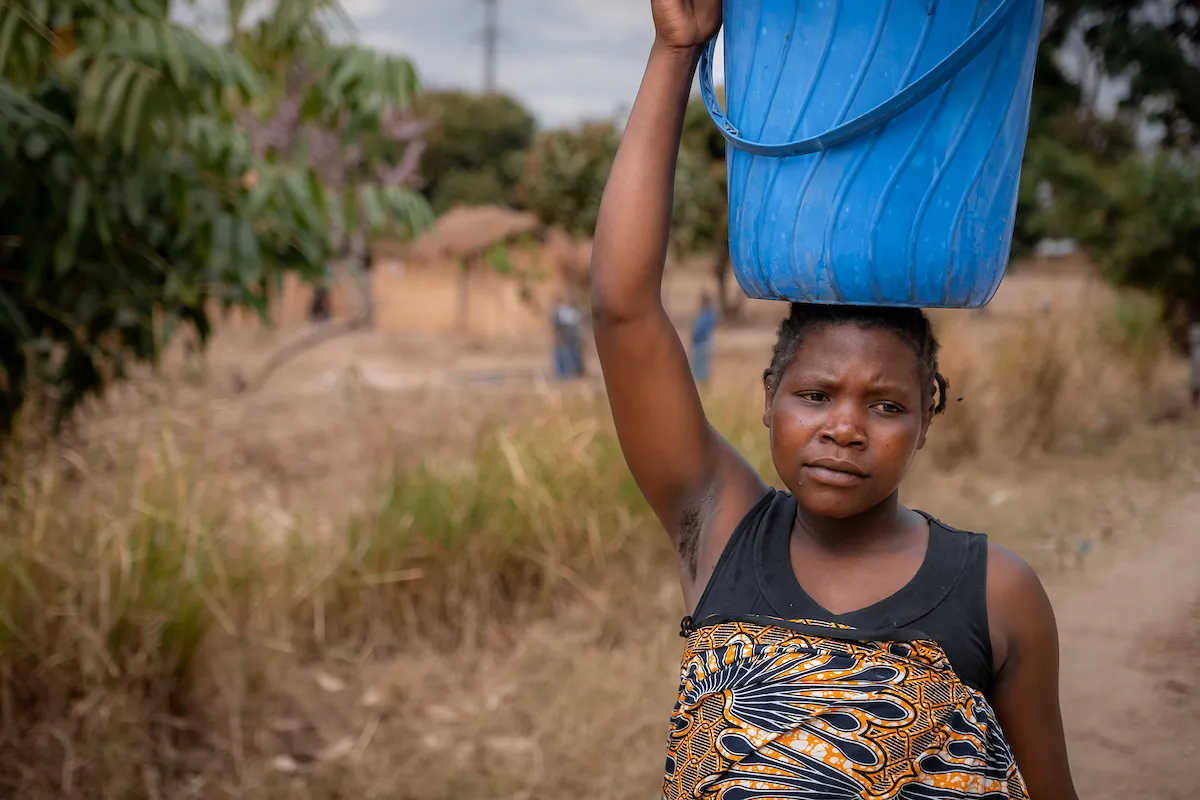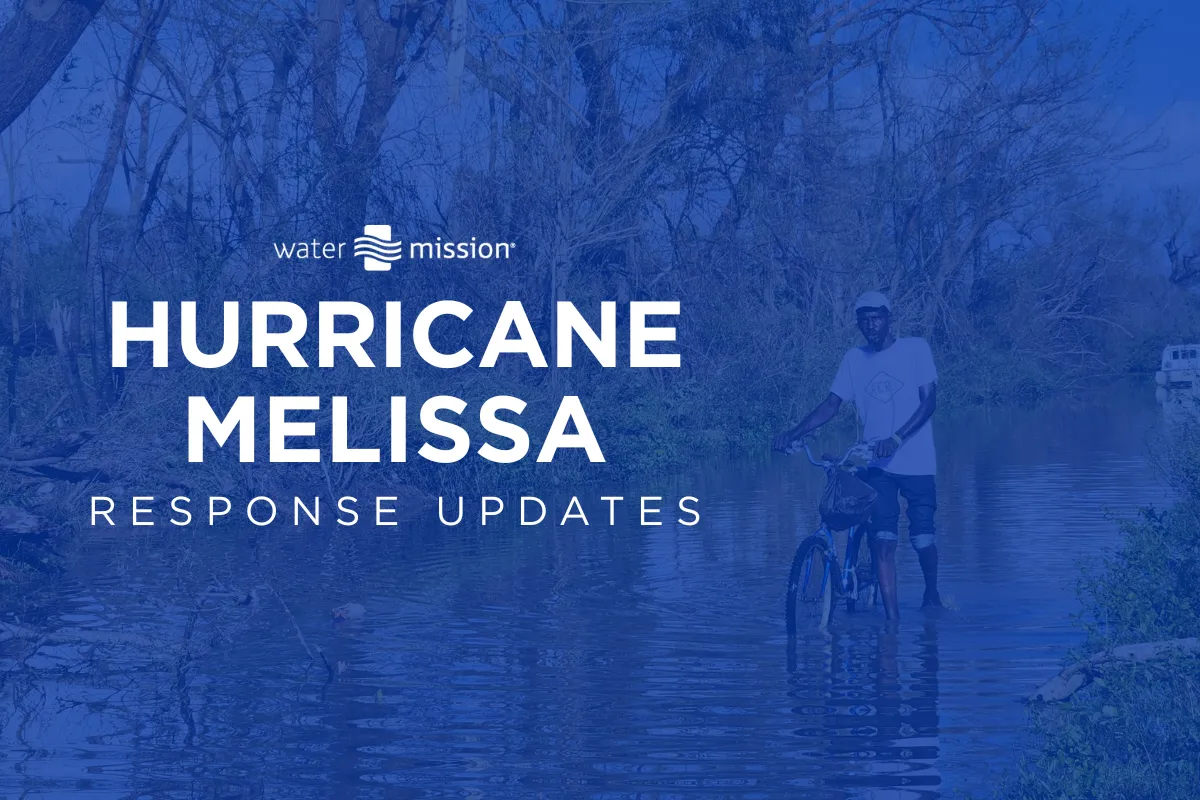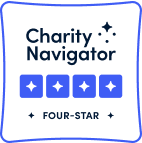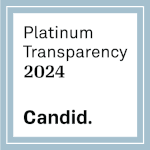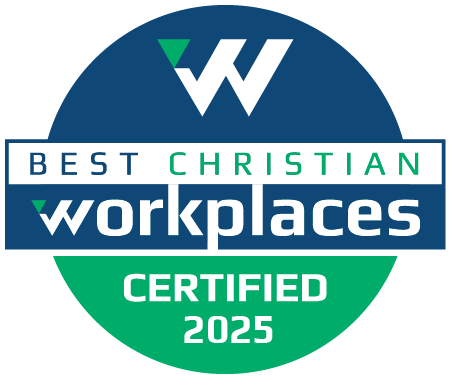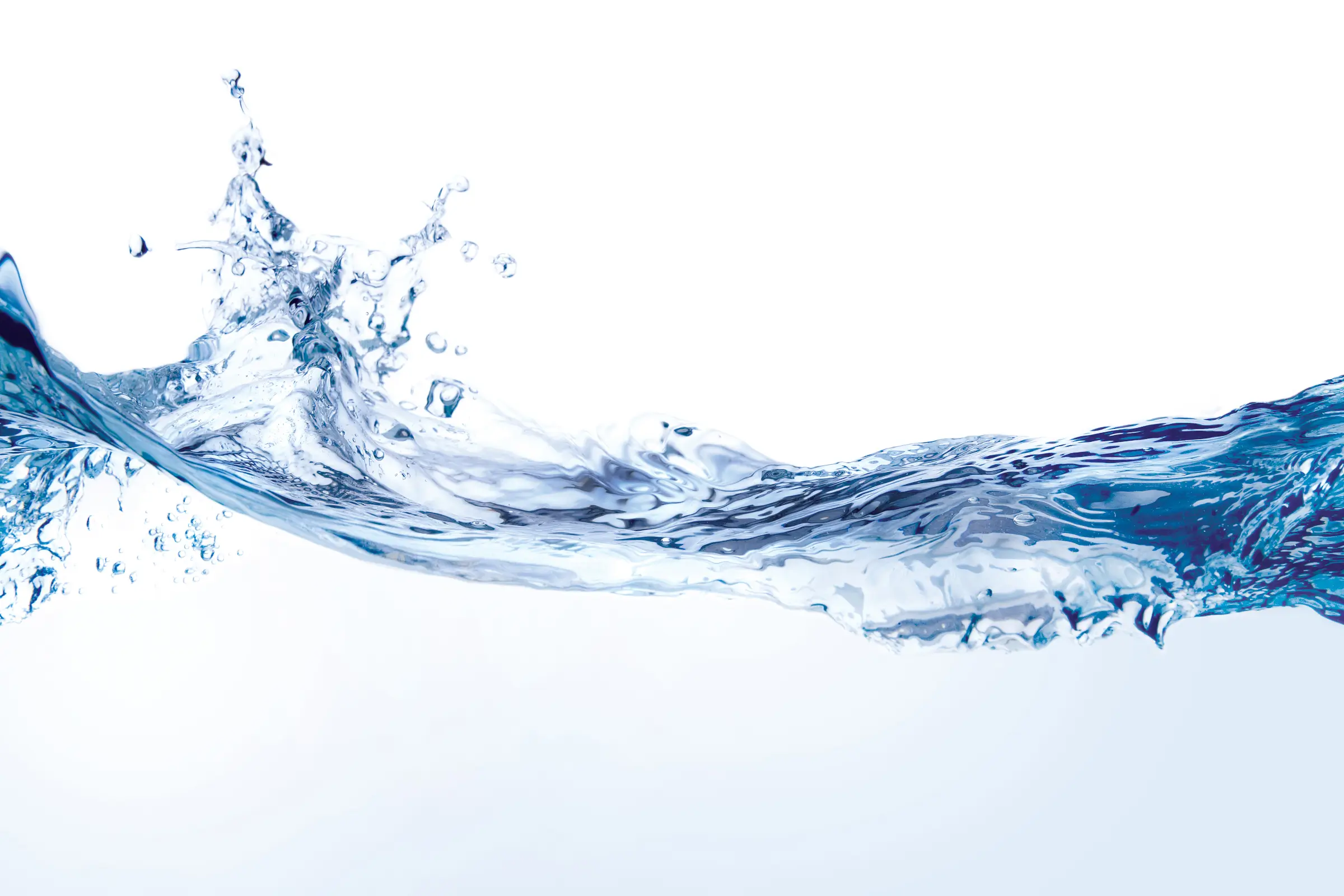Water Mission Hosts CAWST Conference in Peru

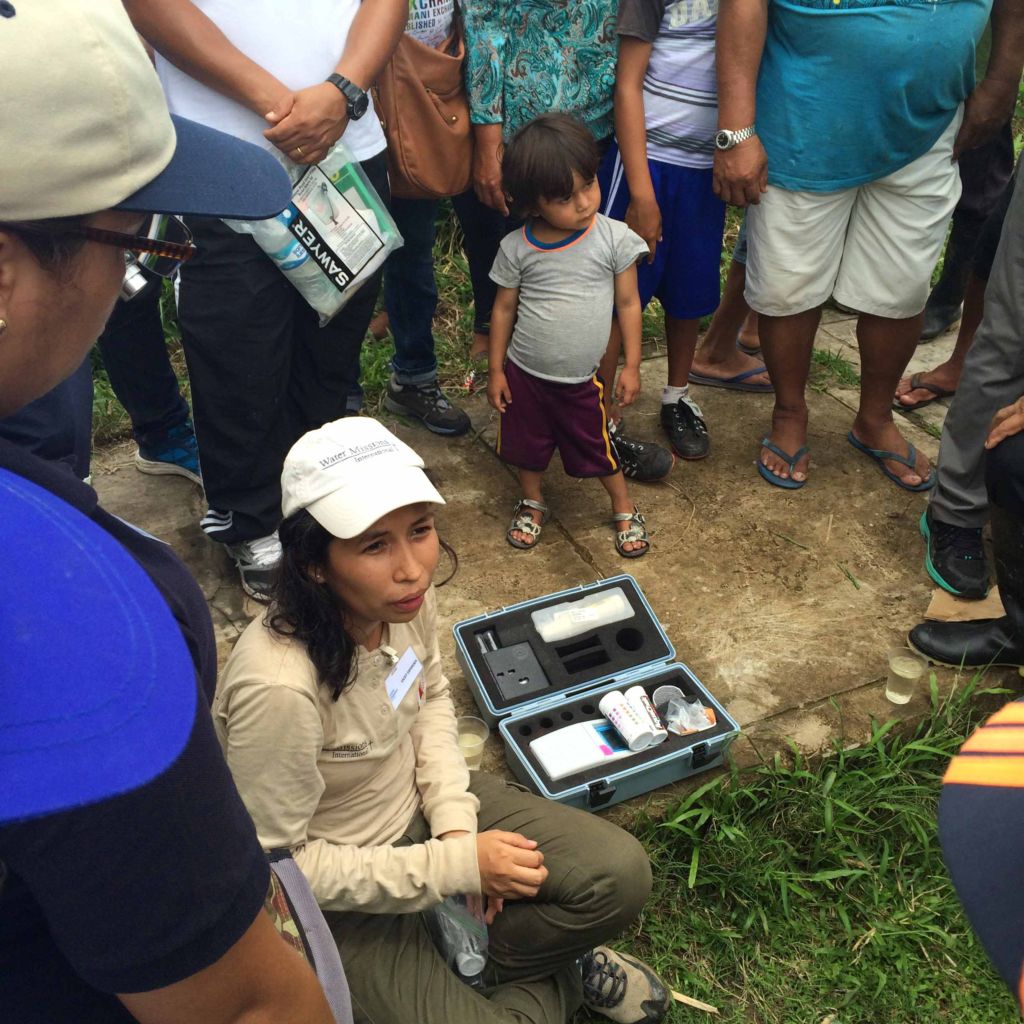 In February 2016, Water Mission hosted a workshop with the Center for Affordable Water and Sanitation Technology (CAWST) on household safe water solutions in Iquitos, Peru. As Water Mission’s standard water treatment solution is suitable for populations of 2,000-3,000 people, Water Mission Peru welcomed discussion with CAWST on solutions that serve smaller communities, such as those with a couple dozen families.
CAWST is a Canadian charity and engineering firm addressing the global need for safe drinking water and sanitation by building local knowledge and skills on household solutions people can implement themselves. As a leading resource in the WASH sector, CAWST conducts training workshops and offers technical support for water and sanitation organizations around the world. Water Mission utilizes many of CAWST’s materials for health and hygiene training in our international projects.
In February 2016, Water Mission hosted a workshop with the Center for Affordable Water and Sanitation Technology (CAWST) on household safe water solutions in Iquitos, Peru. As Water Mission’s standard water treatment solution is suitable for populations of 2,000-3,000 people, Water Mission Peru welcomed discussion with CAWST on solutions that serve smaller communities, such as those with a couple dozen families.
CAWST is a Canadian charity and engineering firm addressing the global need for safe drinking water and sanitation by building local knowledge and skills on household solutions people can implement themselves. As a leading resource in the WASH sector, CAWST conducts training workshops and offers technical support for water and sanitation organizations around the world. Water Mission utilizes many of CAWST’s materials for health and hygiene training in our international projects.
 The week-long CAWST conference included participants from eight different non-governmental organizations working in water and sanitation representing eight different Peruvian municipalities. The workshop focused on the process of designing a household water treatment project — from selecting a water source to evaluating different water treatment technologies.
The goal of the CAWST conference was two-fold:
The week-long CAWST conference included participants from eight different non-governmental organizations working in water and sanitation representing eight different Peruvian municipalities. The workshop focused on the process of designing a household water treatment project — from selecting a water source to evaluating different water treatment technologies.
The goal of the CAWST conference was two-fold:
- Build Water Mission capacity as we look at providing safe water solutions in small, remote communities where our current community managed project model is difficult to sustain financially.
- Develop a network of likeminded organizations in Peru that we can equip and encourage in providing safe water – making a more transformational impact through the strengthening of different organizations.
 In the Iquitos area, there are many communities of 20-50 families. Water Mission’s typical safe water solution better serves communities of 2,000-3,000 people, and the smaller communities struggle to cover replacement costs for their system in addition to routine operational costs, such as the operator’s salary.
For example, Manati, Peru, is home to 40 families. Water Mission Peru built a safe water solution and transitioned the project to the community’s ownership in June 2015. The community of Manati is covering operational costs and has saved roughly $500 but is not reaching the target goal for replacement costs.
Last year, when several families in Manati were gone for a couple months, the community was not able to cover the operational costs. The proactive safe water committee organized a Bingo event to raise the additional funds needed to keep the project functional. These small communities are engaged and passionate about the projects, but having an alternative household-solution would make financial success easier to obtain.
In the Iquitos area, there are many communities of 20-50 families. Water Mission’s typical safe water solution better serves communities of 2,000-3,000 people, and the smaller communities struggle to cover replacement costs for their system in addition to routine operational costs, such as the operator’s salary.
For example, Manati, Peru, is home to 40 families. Water Mission Peru built a safe water solution and transitioned the project to the community’s ownership in June 2015. The community of Manati is covering operational costs and has saved roughly $500 but is not reaching the target goal for replacement costs.
Last year, when several families in Manati were gone for a couple months, the community was not able to cover the operational costs. The proactive safe water committee organized a Bingo event to raise the additional funds needed to keep the project functional. These small communities are engaged and passionate about the projects, but having an alternative household-solution would make financial success easier to obtain.
“If every family pays for water, 20 families have to pay a lot more for water to cover all the operational and replacement costs than a community with 200 families. The greatest cost for ongoing operation is the cost of an operator. By moving from community-scale to household-scale, we can reduce the operational expenses and make the project more financially sustainable.” – Carrie Melchers, P.E. Water Mission Program ManagerThe CAWST conference participants visited nearby communities, assessing some as potential project sites. The week ended with additional knowledge gained by all participants as well as a new network of contacts that intend to meet together regularly to share ideas and coordinate WASH efforts.
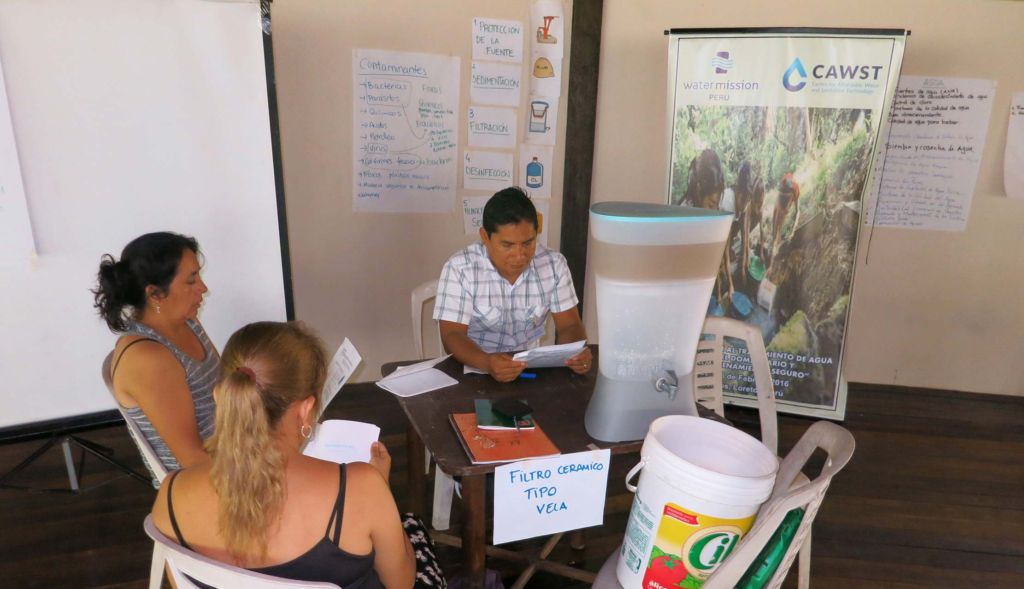 “We know the best way to multiply Water Mission’s impact is to partner with other organizations that offer complementary solutions for smaller scale applications,” explains Water Mission Program Manager Carrie Melchers. “Whether it’s through hosting training like [the CAWST Conference] or providing equipment or engineering consulting services, we want to encourage other organizations to do best-in-class work just like we are trying to do.”
Learn more about our community water treatment technology here.
“We know the best way to multiply Water Mission’s impact is to partner with other organizations that offer complementary solutions for smaller scale applications,” explains Water Mission Program Manager Carrie Melchers. “Whether it’s through hosting training like [the CAWST Conference] or providing equipment or engineering consulting services, we want to encourage other organizations to do best-in-class work just like we are trying to do.”
Learn more about our community water treatment technology here.
Related Impact Stories
